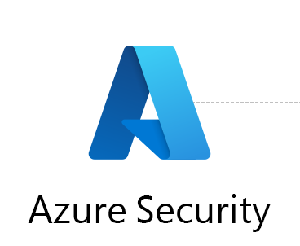Azure Authentication is a service offered by Microsoft Azure that provides a secure and seamless way for users to authenticate and access Azure resources. It is designed to simplify authentication and authorization for cloud-based applications, while maintaining strong security measures.
Here are some examples of Azure Authentication:
- Azure Active Directory (Azure AD) – Azure AD is a cloud-based identity and access management service that provides authentication and authorization for Azure resources. It allows users to use their organizational credentials to access Azure resources, as well as to manage access to those resources. Azure AD supports multiple authentication methods, such as username/password, multi-factor authentication, and social identity providers like Facebook and Google.
- Azure AD B2C – Azure AD B2C is a cloud-based identity and access management service that provides authentication and authorization for external-facing applications. It allows developers to integrate authentication and authorization features into their web and mobile applications, without having to manage their own identity infrastructure. Azure AD B2C supports multiple authentication methods, such as email, phone number, and social identity providers.
- Azure Multi-Factor Authentication (MFA) – Azure MFA is a security feature that adds an extra layer of authentication to user sign-ins. It requires users to provide two or more authentication factors, such as a password and a mobile phone, to access Azure resources. This provides an additional level of security to protect against unauthorized access and identity theft.
- Azure Active Directory Domain Services (AD DS) – Azure AD DS is a cloud-based domain service that provides managed domain services, such as domain join, group policy, and LDAP. It allows users to sign in with their organizational credentials and access resources in the domain, without requiring them to set up and manage their own domain controllers.
Azure Authentication provides a range of services to simplify and secure authentication and authorization for cloud-based applications. It supports multiple authentication methods, including username/password, multi-factor authentication, and social identity providers, and provides a seamless and secure experience for users accessing Azure resources.
How Azure Authentication works:
Azure Authentication works by providing a secure and seamless way for users to authenticate and access Azure resources. The process of authentication typically involves verifying the identity of a user or application before granting access to the requested resource. Here is a high-level overview of how Azure Authentication works:
- User requests access to a resource – A user initiates a request to access an Azure resource, such as a virtual machine or a storage account.
- Authentication request is sent to Azure AD – The request is sent to Azure Active Directory (Azure AD), which is Microsoft’s cloud-based identity and access management service.
- User is authenticated – Azure AD checks the user’s credentials, such as their username and password, and verifies their identity. Azure AD also checks for any additional security measures, such as multi-factor authentication, before granting access.
- Access token is issued – If the user is authenticated successfully, Azure AD issues an access token. This token contains information about the user, such as their identity and permissions, and is used to access the requested resource.
- Resource is accessed – The user presents the access token to the resource they want to access, such as a virtual machine or a storage account. The resource verifies the token and, if it is valid, grants the user access.
Here are some examples of how Azure Authentication works in practice:
- A user wants to access a virtual machine in Azure. They enter their username and password to authenticate with Azure AD, which verifies their identity and issues an access token. The user presents the token to the virtual machine, which grants them access to the machine.
- An application wants to access data stored in an Azure storage account. The application is registered with Azure AD and is issued a client ID and secret. The application presents these credentials to Azure AD to authenticate and receive an access token. The token is presented to the storage account, which grants the application access to the data.
Azure Authentication works by verifying the identity of users and applications before granting access to Azure resources. This process involves authentication requests being sent to Azure AD, which checks the user’s credentials and issues access tokens. These tokens are used to access the requested resources and provide a secure and seamless way for users and applications to access Azure resources.
